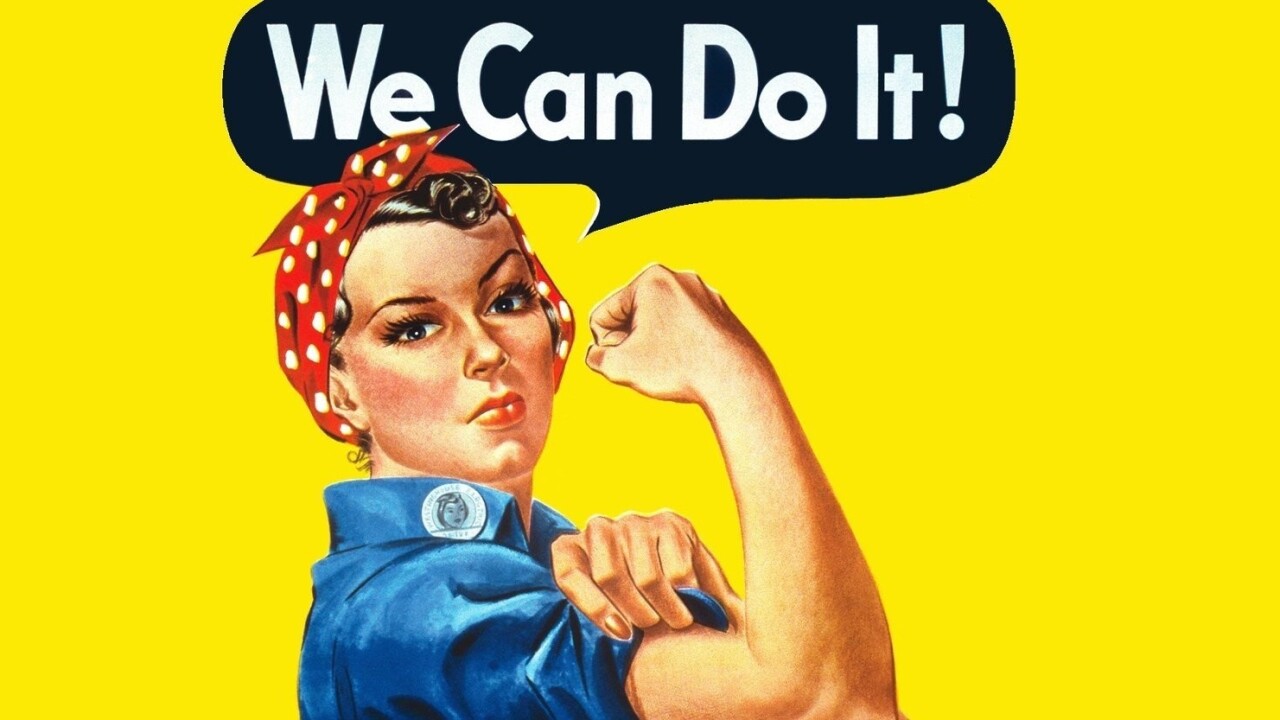
West Stringfellow is the CPO of Bigcommerce.
Innovation is simple. You don’t have to be a genius, or boast an MBA from Harvard, or carry some McKinsey strategy in your back pocket. You don’t even have to have an original idea. You simply have to be able to get shit done.
Gates, Ellison, Jobs and Zuckerberg are our modern-day geniuses of technology and business. Yet not one of these geniuses graduated from college, and not one single-handedly invented a business, much less an entire industry.
Indeed, these guys didn’t do anything first–they simply did it better. Every one of them took a latent asset and created incremental utility or value.
So how do you do that? How do you take the dormant assets lying around your office and life and build real value? How do you awaken the innovator in yourself and your team?
Here are 10 simple guideposts to help you get shit done (GSD):
1. The ‘I’ in innovation is (mostly) silent
Innovation is not a solo exercise. Gates, Ellison, Jobs and Zuckerberg each had a cadre of founding supporters who brought their capacity and capability to GSD.
As Frans Johansson documents so well in ‘The Medici Effect,’ a diverse group of people bringing a variety of perspectives to the job produces better results. No one is infinitely capable; you need cross-functional support. Secure it by compelling those you believe in to believe in you and the innovation you’re pursuing.
2. Time is not on your side
The Iron Triangle provides your levers: resources, scope and time. But time is the one lever that rules them all. Know your ability to move these and bear in mind that your ability to move them quickly degrades with time.
Enter in a nascent phase and all variables are fungible. Enter at mature phase and you will find that some are fixed and some are variable. If there is variability, understand your business’s tolerance ranges and ruthlessly live within them.
3. Announce change…then demand it
Make no mistake—if your organization is not creating sufficient value, it needs to change. Probably a lot. Don’t soft-sell it.
Set clear expectations about what you’re going to do and signal the changes that will have to occur. Kill the sacred cows and aggressively re-orient the strategy from maintaining the status quo to making daily incremental progress. This may mean radical changes to the culture and team.
For instance:
- Heinous Amounts of Meetings with No Outcomes or Action –> Standup Meetings with Strong Outcomes and Actions
- Low Individual Accountability –> High Individual Accountability
- Large Teams –> Small, Agile Teams
- Waterfall –> Agile
- Top Down –> Bottom Up
- Go Dark and Experiment and Build For Years –> Rapid Iteration and Prototyping with the Customer
- Isolated From the Customer and Business –> Connected To the Customer and Business
4. “Culture drives great results”
Jack Welch said that, and it should resonate across everything you do. When (re)building culture create one wherein customer focus, open communication, permission, empowerment, humility, innovation, change and fun are celebrated.
PS, don’t feel a need to reinvent the wheel; there are some excellent cultural frameworks for reference:
5. Bring an umbrella
Protect your team from distraction and empower them with resources and permission to do their jobs. One of my employees recently told me, “I see shit raining down all around us, but it never lands on my head–you’re like a gigantic umbrella.
All jokes about my girth and hygiene aside, I took this as a massive compliment.
6. Burst your bubbles
Umbrellas can turn into 360-degree bubbles. And all bubbles burst. What’s intended as an effective way to protect your team from distracting or disruptive externalities (bureaucracy, politics, process, ignorance) may leave a lasting residue on the team inside—and ultimately insulate them from the rest of the company.
7. Failure is an option
Nielsen research suggests that “about two out of every three products are destined to fail.” Are you ready for that? Is your company ready to walk away from a product? Failure is an option that you should acknowledge and prepare for.
On the other hand, success is a byproduct of iteration. Ensure that your business is prepared for iteration and is committed to sustain investment.
8. ABCD
Always Be Continuously Deploying. Ship product. Never stop. You will fail, but the sooner you do fail the sooner you learn more about your customer and the sooner you can correct your trajectory.
Give your team permission to fail, to learn, and to quickly move on. Nothing should matter more to your team and the business than ABCD.
9. Don’t pay lip-service to your customer(s)
Every product has multiple customers: internal and external stakeholders, executive management, the Board, business partners, Wall Street and–most importantly–the end-user. Every one of these customers has unique expectations, timelines and needs.
Know which customer matters when and understand the sequence of their needs. Focusing on the wrong customer at the wrong time will almost certainly put an early end to your innovation.
10. Control Hyde, Jekyll
My mentor at PayPal once pulled me aside and said, “There’s no doubt that you will lead the team to a successful launch. But at the end of the program will you look back and see a trail of dead bodies and wrecked lives–including your own? Or will you see a crowd of supporters looking for you to lead them on to the next challenge?”
Fair warning: the desire to manifest your vision will distort your mindfulness, humor and humanity. Tough decisions are a mandate of any leader, but you must learn to manage the duality that exists in all innovators: an aspirational type-A asshole versus a mindful family member, colleague, manager, mentor and community leader.
With that… stop reading, stand up, look around your office, pick something up (mentally or physically), think about its customer, think about how it can be improved–or, rather, innovated,–and start getting shit done.
Get the TNW newsletter
Get the most important tech news in your inbox each week.




